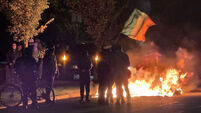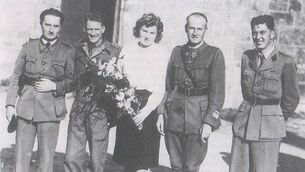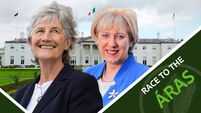Paul Hosford: Could Connolly ‘coalition’ of parties win general election?
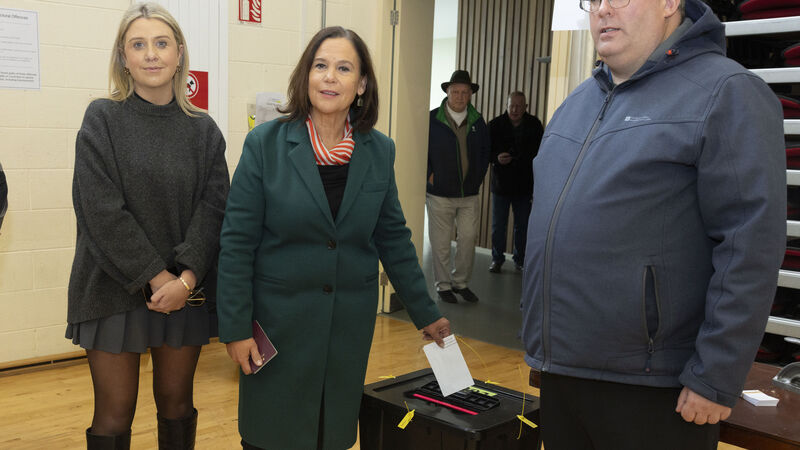
Sinn Féin Mary Lou McDonald casting her vote in Cabra, North Dublin. Picture: Sam Boal/Collins
As Catherine Connolly’s final campaign event finished, the candidate was joined on stage by the leaders of the parties who have backed her candidacy.

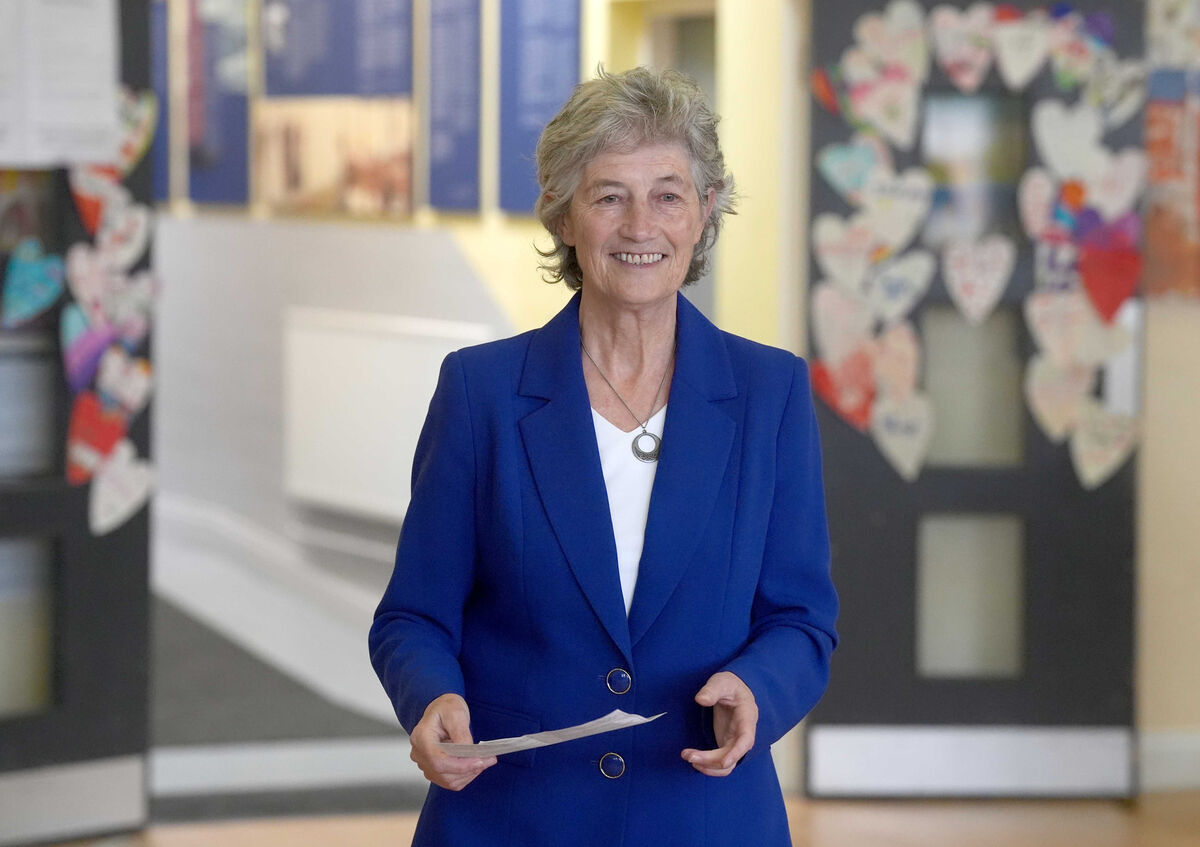
In 2018, the party pressed ahead with Liadh Ní Ríada’s candidacy in spite of Michael D Higgins’ huge popularity, a decision which annoyed many members and led to Ms Ní Riada coming fourth with just 94,000 votes. This time, it committed to ensuring any decision was mulled over and led by consultation with members.







